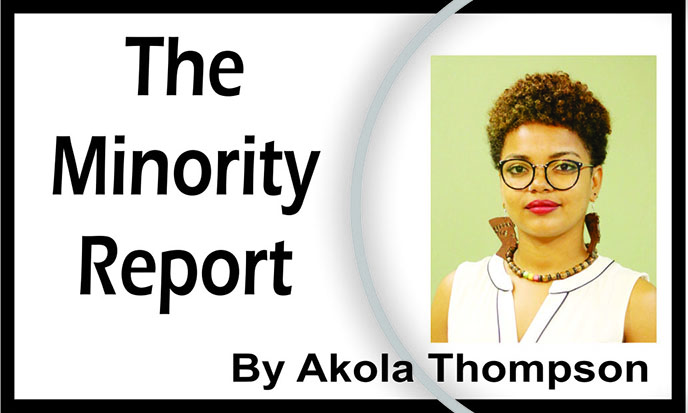Part 2
With approximately 90% of Guyana’s population living in Coastal areas, its forested regions have largely remained intact, with deforestation rates standing between 0.02% to 0.079% over the past two decades. Given its capacity to store large amounts of carbon, Guyana has been set apart as a key player in the fight against climate change, with the Norwegian government in 2010 agreeing to make payments to Guyana to keep deforestation low as part of Guyana’s REDD+ programme. Guyana was the first country to sign a Memorandum of Understanding for US$250 million over five years with Norway for the REDD+ programme. Guyana earned US$150 million for its efforts between 2010 to 2015, with a final payment still in process.
Such carbon trading schemes have been likened to a form of “green imperialism” equipping wealthier countries with the means to control Guyana’s forests and ecosystem. This development occurred a year after the Guyanese government launched its Low Carbon Development Strategy (LCDS) in 2009. Guyana’s guiding LCDS is market-oriented, commodifying forest-based economic growth, and centring the development of global markets for commodified environmentalism. Under the LCDS the government committed to maintaining its forests and ensuring that any logging or land-use changes would not lead to carbon emissions. Implementation of these objectives has however been lacking with the granting of logging concessions to Chinese company, Bai Shan Lin (BSL) which circumvented many of Guyana’s logging laws for over seven years during 2007-2014. The government had largely turned a blind eye to BSL’s 960,000 hectares of forest operations but was forced to hold the company accountable following intense international and local media and political pressure. Today, the government has been aiming to repair its image as a conservation haven, to maintain and implement climate markets. This, however, comes with many challenges.
Marketing nature is not a familiar concept for Indigenous communities in Guyana. Ecosystems are not viewed as commodities, but rather as sustainable avenues for their livelihood. Tom Goldtooth, Director of the Indigenous Environmental Network on indigenous people’s contention with Carbon offsetting and other market systems stated that “it puts a market value on traditional people and traditional teachings – those things that we hold sacred to our people, they are trading air that is sacred. We’re looking at some spiritually profound values that people of industrial society really have a difficult time grasping.” This contention demonstrates the disconnect between Indigenous people and market conservation strategies. This disconnect is further compounded by elements of green grabbing that are often entrenched in offsetting schemes.
In Guyana, this is evident with traditional lands but particularly affects those in untitled lands. With these communities holding a significant proportion of the terrestrial carbon sink, “failure to adequately recognize their rights and role in the realisation of global climate ambitions poses fundamental risks for communities, investors, and governments alike.” Senior Geographer at Rainforest Foundation US Cameron Ellis estimates that customary use lands mapped now cover 3.9 million hectares, 90% of which are forested. This estimate indicates that 90% of customary use area is forested, total Indigenous forests “both titled and untitled” would amount to about 5.8 million hectares or 32 per cent of the total carbon accounting areas, indicating that Indigenous peoples are not being compensated for their untitled lands. The government has for decades refused to acknowledge Indigenous communities’ claims to their customary lands, utilizing their power to grant concessions to extractive industries, perpetuating Indigenous land theft. This decision to not include untitled lands in payments from carbon offsetting is a strategic one aimed at further discounting Indigenous land rights.
This financialization of nature through carbon offsetting shifts the conversation from how nature is used in and through the expansion of capitalism, to how nature is conserved in and through the expansion of capitalism. Nature now has to pay its way to exist. It crucially depends upon and reinforces inequalities between poorer and wealthier landholders, between urban and rural areas, and between the global South and North. Despite policy rhetoric to the contrary, there are inevitably inherent contradictions between the commodification and market-based management of nature, and development and poverty reduction goals. This reliance on financialisation has led to a crowding out of alternative solutions, wherein market-based strategies such as carbon offsetting are seen as the only viable solution. Crowding out other solutions has led towards people placing less importance on nature and changing their relationships with it. Carbon offsetting can impact views of nature as being separate from people, leading towards an “increasing social reproduction of non-human nature driven by specific corporative interests and not by concerns over socio-environmental and spatial justice,” (Apostolopoulou, 2015).
What carbon credits do is allow companies to avoid reducing their fossil fuel emissions, which is an important point given Guyana’s growing relevance in the petroleum market. While Guyana now ventures into this area, however, it should be cautious as the hopes bolstered on it often do not come to fruition. Lack of informed consent and transparency in carbon credits will result in limited atmospheric, environmental and social benefits, as they merely replicate existing global structures of inequality. Indigenous forests are the new carbon frontiers and it is important that their participation in forest conservation debates, land rights, benefit sharing and FPIC are observed. The burden of carbon sequestration has been placed primarily on developing countries, despite limited social benefits and heightened social costs to these countries. Past marketisation programmes have left many Indigenous actors cautious about the implications of initiatives such as carbon offsetting, as questions over fair market values for carbon, and recognition of Indigenous land rights and carbon stores continue in the face of these programmes, demonstrating their lack of sustainability and lack of Indigenous justice frameworks.





